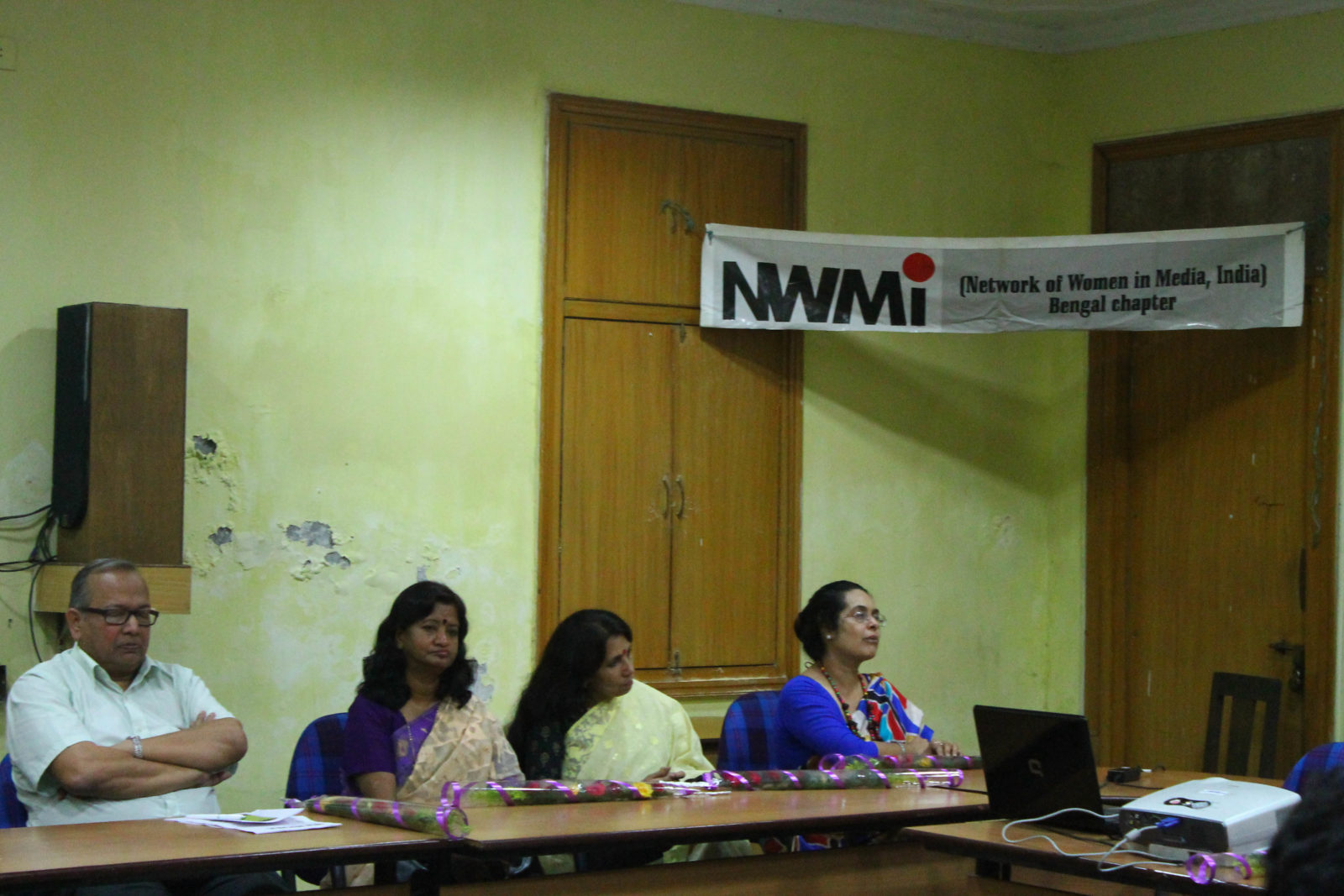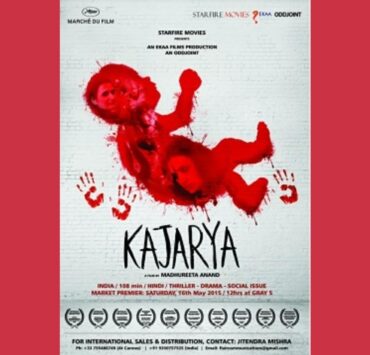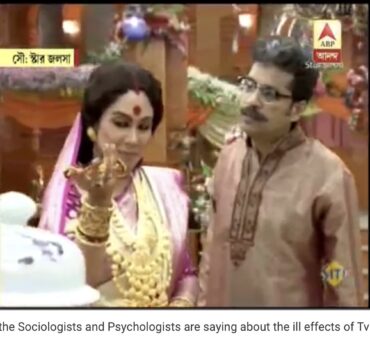
By Editors

The NWMI-Bengal chapter and the department of media studies, Jadavpur University, organised a one-day panel discussion on the strengths and weaknesses of women’s magazines in Bengal. The programme was enriched by the participation of a visiting delegation of Bangladeshi journalists.
The programme involved a lively exchange of ideas with a four-member visiting delegation of Bangladeshi journalists belonging to the Bangladesh Nari Sangbadik Kendra, Dhaka, led by Parveen Sultana Jhuma, assistant editor with the daily Shokaler Khobor. She was accompanied by Shazada Pervin, special correspondent with GTV, Dhaka, Dilruba Khan, senior sub-editor with Daily Destiny, and freelance writer Bonoshree Dolly.
After a visit to the community radio station at Jadavpur University, the Bangladeshi guests described how their country’s successfully used community radio to reach out to people in remote locations and manage the natural disasters in the country. Conversations with slum children trained to anchor programmes on nutrition and health revealed how the JU used the radio to spread awareness on evils like child marriage, and impart health information such as how to manage pregnancy. Another programme, Shunyo theke shuru (starting from zero), is used to get primary and middle school children to enjoy mathematics.
The panel discussion was preceded by presentations by university students on trends in Kolkata tabloids and the role of community radio in making people’s voices heard. Media studies students analysed sexist language in English and Bengali tabloids, publications which have a predominantly female staff. It was pointed out that when regional language feature sections compete for a modern, English-speaking audience, they fell between two stools, as it were, in both tone and content. JU community radio anchor Ipshita Baidya, who hails from the slum where the radio has been socially active, described the positive role that a women’s magazine can play.
Starting the panel discussion, NWMI coordinator Rina Mukherji described the evolution of women’s magazines in India. In undivided Bengal, these magazines laid the foundations of the women’s movement. She traced the gradual maturity of the women’s magazine, and the role played by the print media on gender issues. Parveen Sultana spoke a similar trend in Bangladesh.
Shazada Pervin and Bonoshree Dolly reported on the difficulties of advocating for programmes tackling serious women’s issues on commercial television or radio, where entertainment, films and serials rule supreme; they also mentioned their victories in this regard. Members of the audience spoke of their disillusionment with the present media scene and the need for an alternative media to take up issues that the mainstream media was unwilling to pursue. JU Media Studies Director Nilanjana Gupta pointed out that several alternative media sites were doing exactly this. Veteran journalist and director of NSHM School of Media & Design Buroshiv Dasgupta wrapped up the proceedings, acknowledging the challenges faced by the alternative media when money power drives the media today.
The lively interaction, with a range of opinions and comments from students and others in the enthusiastic audience, was proof of the programme’s success in generating debate on these important issues.
2015




